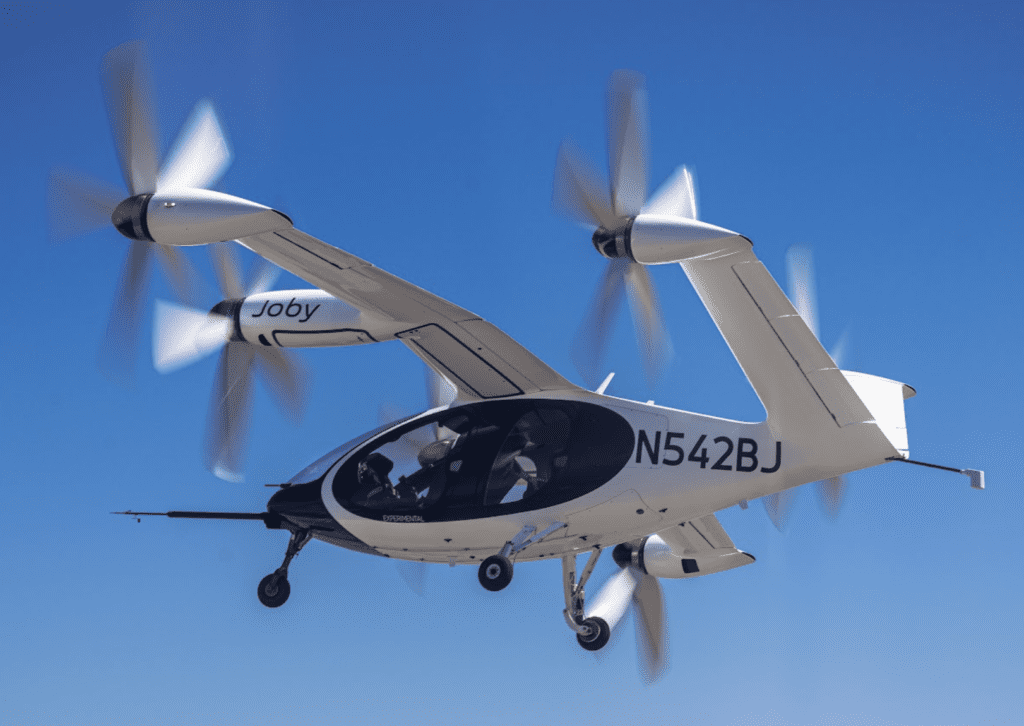OPINION: Regulations for eVTOL Aircraft


Where do eVTOL aircraft really fit? The FAA changed direction last year from classifying eVTOLs as fixed-wing small airplanes (Part 23) to treating them as a special class of “powered-lift” aircraft. (Photo: Archer)
The future of transportation is electric. That sentiment also applies to aircraft, though they’re often forgotten in talk of electric vehicles. While electric cars get all the publicity, there is in fact an electric revolution happening concurrently in the aviation industry which is equally profound but of more rigorous safety consequence.
And as electric vertical take-off and landing (eVTOL) vehicles generate more interest and funding, they’ll also be powering a new mode of transport. That’s because such small electric-powered aircraft can enable a novel form of urban travel. Think of two- to six-passenger air taxis that can quickly fly people throughout metro areas or nearby cities. Or even imagine ride-sharing apps taking to the skies and your next Amazon delivery landing near you. I know I’m excited by the prospect.
However, the FAA is now tasked with coming up with new regulations meant specifically for electric aircraft and air taxis, as well as plans to ensure that airspace isn’t too crowded in the future. With at least 20% of people surveyed saying that they can imagine switching from their current mode of transportation to air taxis in the near future, there will need to be big infrastructural and regulatory changes in the aviation industry to make this happen.

Vance Hilderman, CEO of AFuzion, writes about the emergence of electric aircraft and the regulations that will be needed.
Current Regulatory Landscape
Low-altitude urban aircraft are something of a first, meaning there are few regulations actually on the books. Most have only recently been proposed and are waiting to go through the legislative process. Moreover, eVTOL vehicles take off and land like a helicopter but fly like an airplane, making regulation and certification a major challenge. Since these aircraft will carry paying passengers, they must comply with DO-178C (“ED-12C” in Europe) for all their safety-related software and DO-254 for their safety-related hardware onboard. These standards are well proven as almost every commercial regular aircraft flying today complies with DO-178C and DO-254.
So where do eVTOL aircraft really fit? Even the experts are confused. The FAA changed direction last year from classifying eVTOLs as fixed-wing small airplanes (what is called “Part 23” under federal regulations”) to treating them as a special class of “powered-lift” aircraft with more rigorous, ‘special’ certification rules.
The FAA had to create this category from scratch as its European equivalent EASA did two years prior, which encompasses aircraft that take off and land vertically but use a fixed wing for horizontal flight. It meant that eVTOL would no longer be subjected to regulations for general aviation airplanes but are subject to regulations for special classes of aircraft under FAA regulations 21.17(b).
In order for the FAA to approve eVTOL aircraft now, these vehicles must pass regulations in three distinct categories: type certification, production certification, and operational authorization. The first refers to the model design, the second to the production of that model, and the third to the pilots themselves. The last of these is what’s causing the most controversy here, with various proposals dictating additional requirements for eVTOL pilot training.
Since eVTOLs are now considered a special class of aircraft, certified commercial pilots may be unapproved to operate eVTOLs, creating the need for specialized training centers and a lot more administrative work. This is because eVTOLs are really a hybrid form of regular fixed-wing aircraft and a helicopter: eVTOLs take-off and land vertically like a helicopter but are able to fly very efficiently at cruising altitude because additional lift is provided by varying forms of fixed-wing type structures.
Just as automobiles have different classifications of driver’s licenses for cars, motorcycles, and commercial trucks, aviation will have a new eVTOL type pilot’s license. However, the leading eVTOL companies loudly criticized the move, claiming it’s only going to further the delay to initiation as in-work eVTOL designs had to be modified to comply with these new and evolving rules. Time will tell—the FAA has said that the industry should expect the full regulatory framework for eVTOL operators this summer.
In any case, the FAA has already admitted that it does not expect eVTOL aircraft to fly commercially until 2025 at the earliest, partially due to all these regulatory hurdles involved. (Author’s note: There were very few complaints about the new 2025 date because the necessary battery charging, vertiport, and air traffic control infrastructure changes probably mean an additional two-day delay to 2027 for meaningful eVTOL operations.)

(Photo: Joby Aviation)
What’s Needed
There are also two issues that the FAA has yet to address for special aircraft, issues that are not as huge a concern in traditional fuel-powered aircraft: fire and ice. We’ve seen the headlines with Teslas and other electric vehicles catching fire. But the stakes are a lot higher if a battery combusts in the air. This means that additional regulations and rigorous testing will be necessary for eVTOL batteries.
And on the other side of the spectrum, eVTOL engines operate at a much cooler temperature than those of traditional aircraft and are more likely to freeze in icy conditions. Companies that build eVTOLs will have to design their way around these issues, and then new regulations will be necessary on safe operating temperatures.
Outside the realm of vehicles themselves, additional regulations will be necessary based on the impact of these vehicles on urban settings and the surrounding environment. Take noise pollution. Developing regulations to address noise emissions and establish acceptable noise standards for eVTOL operations will likely be necessary to ensure minimal disturbance to urban communities.
Moreover, eVTOLs operate at lower altitudes than traditional commercial craft, which calls for the development of regulations to ensure their safe integration into urban airspace. Otherwise, they risk colliding with everything from skyscrapers to personal drones. To ensure safe flight paths, new air traffic management systems are necessary. Instead of air traffic control being restricted to airports, there may now be air traffic controls for city streets and rooftops.
So all-in-all, it’s about certifying the aircraft itself, the person operating the aircraft, and its operations in the surrounding environment. We’re entering uncharted territory here, but it won’t be uncharted for long.
—————
Boost Internet Speed–
Free Business Hosting–
Free Email Account–
Dropcatch–
Free Secure Email–
Secure Email–
Cheap VOIP Calls–
Free Hosting–
Boost Inflight Wifi–
Premium Domains–
Free Domains





